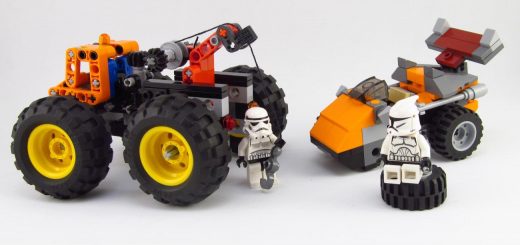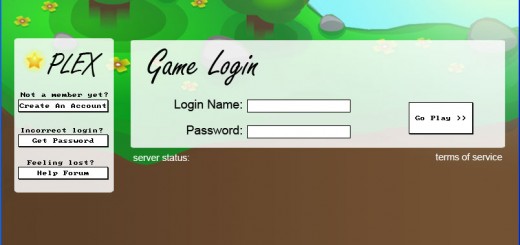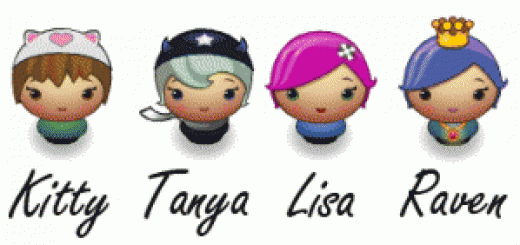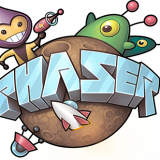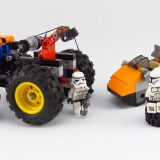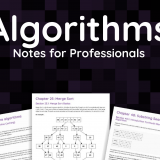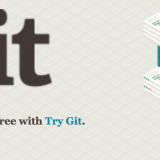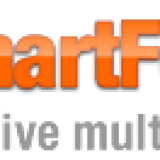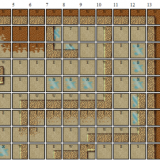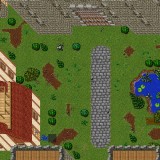The Game Plan: Getting Started
Your game design can run fairly smoothly or it can be a continuous cesspool of hardships and setbacks and pain points. In the next few series of posts I’m going to try and help walk you through the process of getting your game up and off the ground, from what you’re envisioning in your head to an actual working version. So, let’s get started.
1. Get It Out Of Your Head
It’s time you pull out a pencil, pen, or open your laptop to a writing program. First thing’s first, you have to get your game out of your head. Write it down and put it somewhere you can reference it later.
2. Writer’s Block
So if you’ve opened a text editor or you have a pen in your hand you’ve successfully completed step one. Now, what do you write? I like to start with the five W’s:
Whom?
- Does your game appeal to a specific age range or interest group or gender or even ethnic background?
- Will you have a large audience your game will appeal to or a small audience?
- What are the benefits and downsides of the audience you’ve identified?
What?
- What kind of game are you trying to make?
- What programming language best suits this kind of game?
- Does it fit into a specific genre of game or does it span multiple genres?
- Does it embody a completely new genre?
- Can you find other games that are similar to the game you are trying to make? If so, what do these games do well and where do fall short?
- Are there lots of other games on the market similar to the type of game you’re trying to make?
- What will your charge for your game?
- What do other, similar games of this type charge?
- What are the benefits and downsides of the type of game you’re trying to make?
Where?
- Where does your game take place?
- What kind of maps or features or environment are unique to your game?
- What are the benefits and downsides of where your game takes place?
When?
- When will you have time to work on this game?
- When can you start this game?
- When can you fund the development of this game?
- What are the benefits and downsides of developing this game?
Why?
- Why are you making this game?
- Why is your game unique?
- Why will your game stand out from the crowd?
- Why will people choose to play your game over other similar games?
- Why will people pay for your game?
- What are the benefits and downsides of making this game?
3. Make A Design Document
Your design document is a refined version of everything you’ve written down in step 2. Go back and really analyze what your goals for the game are and if what you’ve written down makes sense in the larger picture. Sometimes a good idea you have for one area of the game will conflict or make another part of the game tedious, uninspired or downright frustrating. For a game design document I like to use the following format:
- Intro
- What is the vision for your game and a short description of how the game is played
- Audience, Platform & Marketing Strategies
- Who the game is for, what platforms you’re making it for and what sets your game apart that will make it marketable and different from others
- Core Gameplay & Mechanics
- How the game is played including physics, rules and limitations
- Characters
- What characters are in your game including what they look like, their names and backgrounds and personalities
- Story, Themes & Twists
- If your game has an overarching story then you’ll outline your plot and how the game progresses with the story line
- World
- Describe the world your game is set in, including maps and locations and their purpose or importance
- Assets
- All the different images, music, animations, etc that you will need to have a fully functional game
- Technical Specs
- What language you’re using, how games are loaded/saved, where games are stored, the number of servers you’ll need and anything else relating to the technical setup of your game
- Interface
- What the game interface looks like and how the player will interact with it
- Outside References
- Articles, links, design inspriations, or anything else that you’re using as a reference for the game you’re making
- Appendix
- Code style guidelines, dictionary of terms, and anything else that is important for understanding your design document that may not necessarily relate to your game directly
Once you’ve fully fleshed out your game design by going into depth about the features, physics, economy, weapons, characters and how the game works it’s time to break it down. Start by creating lots of of small, easy tasks you can accomplish in order to see your core game mechanics to completion enough that you could play a simple version of your game without any extra bells and whistles. Set yourself up to do as little as you have to but as much as you need to in order to get a really simplified, yet completed, version of your game.

